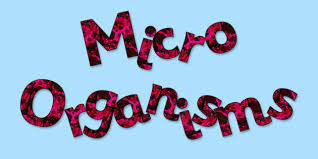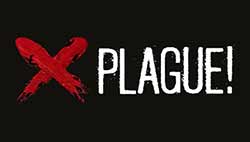
Table Of Contents
Table of Contents: Page 1
Introduction: Page 2
The Scenery of London: Page 3
What really caused the plague: Page 5
Microorganisms: Page 7
Symptoms of the plague: Page 9
Conclusion: Page 11
Hmmm… What was the Great Plague of London?
The Great Plague of London was the outbreak of the Bubonic Plague that started in the summer of 1665, London. A plague is a contagious bacterial disease characterized by fever and delirium. A bubo is a swollen inflamed lymph node in the armpit or groin. Combine those together and that was basically the Bubonic Plague.
At that time, London was scorching hot and its population was increasing in thousands although most people lived in poverty. The one and only way to get rid of household and human waste was to throw it on the streets – this made London become smelly and filthy. You could not go outside without smelling animals’ dung and wanting to die! However, this was the perfect habitat for rats to breed. Eventually, rats invaded London and started the Plague.

What really caused the plague?
The plague was actually caused by rats; it wasn’t anything the rats had in their genes. The rats were infected by a microorganism called Yersinia pestis bacterium. Some people believed that dogs spread the plague, and others thought it had something to do with the air – but these ideas were wrong!

What are microorganisms?
Microorganisms are microscopic organisms (tiny living things that can only be seen with a microscope). There are 3 main types of microorganisms:
Bacteria – comes in various shapes and sizes (but the largest is 10 micrometers long: 10 millionths of a meter) and they multiply in seconds. If they get inside our body, bacteria will release poisons or toxins that make us sick.
Viruses – are smaller than bacteria and can reproduce inside host cells; when they do this, it damages the cell.
Fungi – distantly related to plants but closely related to animals. They are completely different from both groups.

Symptoms of the plague
To recognise the plague, you need to identify:
Headaches
Fever
Weakness
Painful and enlarges lymph nodes

In the long run, the Great Plague of London 1665 was a very tragic period as thousands of people died and thousands lost friends and family. I, personally, would not have like to live in that time because I definitely do not want to get the Bubonic Plague. The plague died out in 1666 and it is very likely that everyone was happy and joyful!

Published: May 18, 2016
Latest Revision: May 18, 2016
Ourboox Unique Identifier: OB-152193
Copyright © 2016








